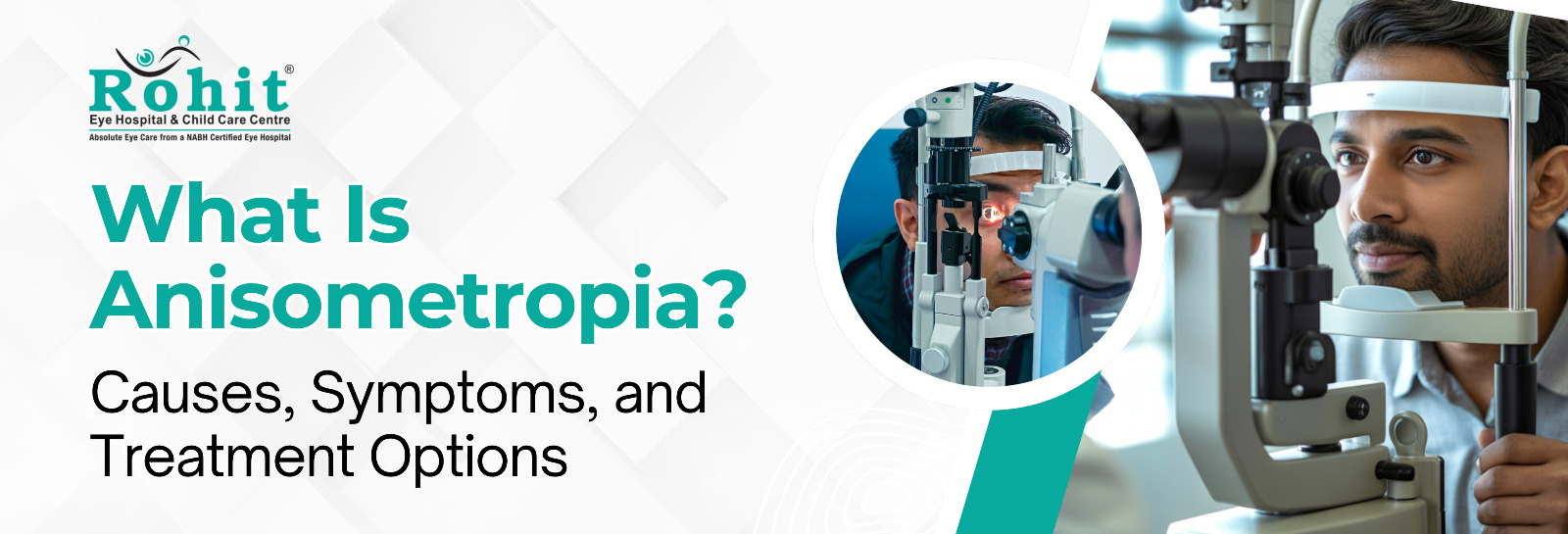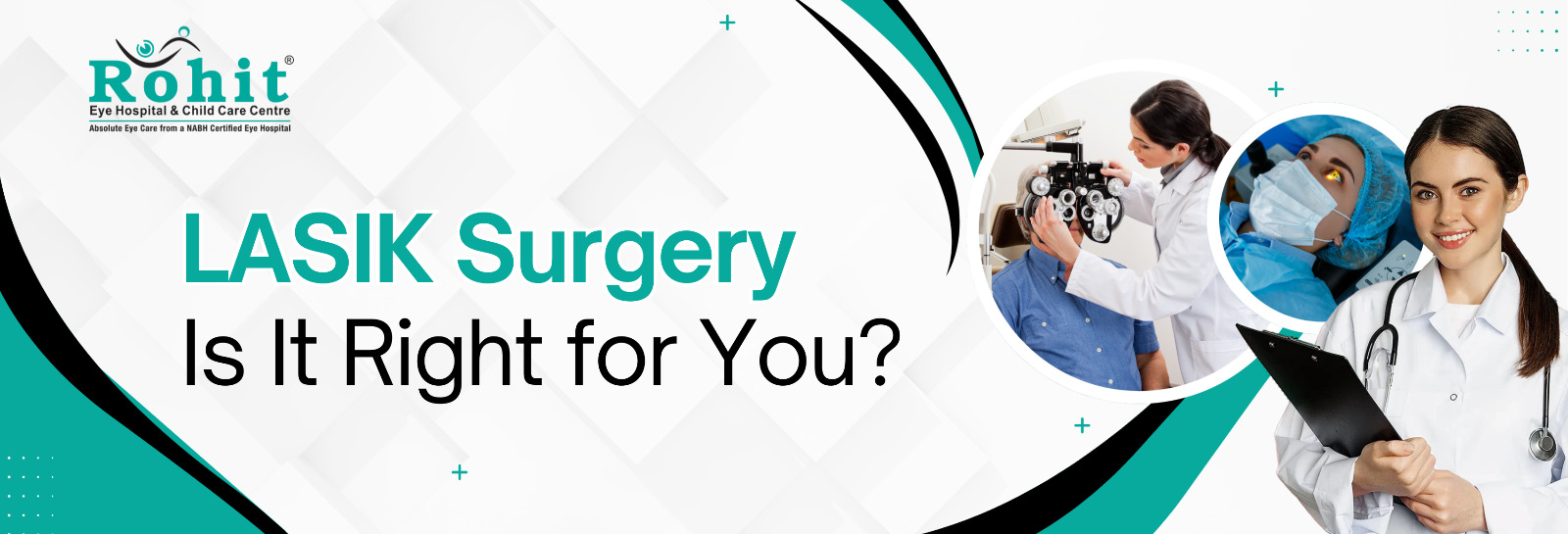LASIK eye surgery can transform your vision, but smart, consistent recovery practices are essential to ensure safe healing and optimal results. Here’s an expert, in-depth guide to LASIK recovery tips, immediate post-op care, strain reduction, activities to avoid, symptoms to monitor, and the importance of regular follow-up visits for your healing journey.
Immediate Post-Operative Care Instructions
The first 24 hours after LASIK are critical for proper healing. Immediately after surgery, you will likely notice improved vision, though it may be hazy or blurred at first. Common sensations include mild discomfort, scratchiness, watery eyes, or a gritty feeling similar to having stared at a screen too long. These are normal and temporary.
- Eye Drops Schedule:
Use your prescribed antibiotic and anti-inflammatory drops exactly as directed. This helps keep your eyes hydrated, reduce inflammation, and prevent infection. Lubricating artificial tears should also be used frequently throughout the day, especially if you experience dryness. - Avoid Rubbing Your Eyes:
For the first seven days and beyond, do not rub or touch your eyes. Rubbing can displace the corneal flap, compromise healing, and increase the risk of infection. - Protective Shield Usage:
Wear your protective shields—even while sleeping—to avoid accidental contact or pressure on your eyes. Shields help prevent irritation and injury at night or when napping, especially during the first few days after surgery. - First 24 Hours Protocol:
Go straight home and rest your eyes. Keep them closed as much as possible, avoid bright lights, and minimize screen use. It’s best to listen to music or podcasts rather than read or use a phone in these key initial hours. You may experience mild blurry or hazy vision, sensitivity to light, or watery eyes, but these typically improve quickly. Any severe pain, extreme redness, discharge, or sudden decrease in vision is abnormal and should prompt an immediate call to your doctor.
How to Reduce Eye Strain During Recovery
Protect your eyes from strain to support faster healing and greater comfort in the first weeks after LASIK.
- Limit Screen Time:
Avoid phones, TVs, computers, and tablets in the first 24 hours. When you return to screens, take frequent breaks to rest your eyes. - Proper Lighting:
Use soft, indirect lighting indoors. Avoid harsh fluorescent or glaring lights and keep rooms comfortably lit to reduce strain. - 20-20-20 Rule:
After returning to work or screen use, follow the 20-20-20 rule: every 20 minutes, look at something 20 feet away for 20 seconds. This helps minimize fatigue and dryness. - Avoid Harsh Lighting and Dust:
Do not sit in front of fans or near windows with direct wind and strong sunlight. Dusty or smoky environments can exacerbate dry eyes and risk infection.
Activities to Avoid Until Complete Stabilization
Your corneas need time to heal and stabilize; certain activities can jeopardize this process during the first few weeks to months.
- Gym / Heavy Lifting / Intense Workouts:
Avoid strenuous exercise and weightlifting for at least one week. Excess sweating and accidental trauma can slow healing. Resume gentle physical activity like walking or yoga after a few days. - Swimming and Hot Tubs:
Stay out of pools, lakes, and hot tubs for a minimum of two weeks, as water bacteria and chemicals significantly increase infection risk. - Makeup:
Avoid all eye makeup (mascara, eyeliner, eye shadow) until your doctor gives clearance—usually after two weeks. Applying or removing makeup can introduce bacteria or irritate healing tissue. - Direct Wind and Sun Exposure:
Wear sunglasses outside and avoid prolonged exposure to bright sunlight, wind, or dust. Sunglasses help prevent irritation and maintain comfort.
Expected Healing Timeline & Normal vs Concerning Symptoms
LASIK healing unfolds in predictable stages, but individual variation is normal.
- First 24-48 Hours:
Discomfort, burning, itching, watery eyes, mild blurriness, and sensitivity to light are typical. Most symptoms fade quickly as vision clarifies. - Week 1:
Most people return to normal life and work, with minor dryness or halos at night. Vision continues improving. - Weeks 2-4:
Sight stabilizes, dryness subsides, and mild starbursts or glare may persist. Most strenuous activities can be resumed with caution. - Months 2-6:
Complete healing for most individuals, with the majority achieving clear, stable vision. Occasional dryness or visual fluctuations are still normal, particularly in air-conditioned environments.
Normal Symptoms:
Mild dryness, gritty sensation, slight sensitivity to light, temporary halos or starbursts, and watery eyes.
Concerning Symptoms (Red Flags):
Severe pain, significant redness or swelling, pus-like discharge, sudden drop in vision, or persistent blurred vision not improving over days. These require immediate evaluation, as they could signal infection, flap displacement, or other complications.
Importance of Follow Up Visits with Doctor & Consistency
Regular follow-up care is critical for LASIK success. Your surgeon tracks the healing of the cornea, checks for proper flap positioning, monitors stability, and manages any side effects. Appointments are most frequent in the first few weeks, then spaced out over months to confirm full stabilization.
Consistent adherence to scheduled visits and prescribed eye drops ensures problems are caught early and optimal results are maintained. Skipping or delaying follow-ups can put both your vision and long-term comfort at risk.
Nutrition & Hydration Tips for Faster LASIK Healing
A balanced diet plays a surprisingly important role in LASIK recovery. The right nutrients help reduce inflammation, support tear production, and strengthen the cornea as it heals.
Foods That Support Eye Healing
- Omega-3 Rich Foods
- Helps reduce inflammation and dryness.
- Include: flaxseeds, chia seeds, walnuts, salmon, sardines.
- Vitamin A
- Essential for corneal health and tear production.
- Include: carrots, spinach, sweet potatoes, bell peppers, pumpkin.
- Vitamin C & E
- Powerful antioxidants that repair tissues.
- Include: oranges, strawberries, almonds, sunflower seeds.
- Zinc
- Supports the absorption of Vitamin A.
- Include: chickpeas, beans, cashews.
Stay Hydrated
- Drink 8–10 glasses of water daily
- Hydration reduces dryness and irritation.
- Hydration reduces dryness and irritation.
- Avoid dehydrating drinks
- Coffee, alcohol, and energy drinks increase dryness.
- Coffee, alcohol, and energy drinks increase dryness.
- Try herbal teas
- Chamomile, peppermint, and ginger teas soothe the body and reduce inflammation.
- Chamomile, peppermint, and ginger teas soothe the body and reduce inflammation.
Supplements (If Recommended by Doctor)
- Omega-3 capsules or lubricating supplements may support tear health.
- Always consult the surgeon before starting any supplements.
Sleep & Rest: The Most Underrated Part of Recovery
Rest is one of the fastest ways to promote LASIK healing, especially in the first 24–48 hours.
Why Sleep Matters
- Reduces eye strain.
- Allows the corneal flap to stabilize.
- Minimizes blinking and eye movement.
- Helps reduce sensitivity and dryness.
How Much to Sleep
- First Few Hours Post-Surgery: at least 3–4 hours of uninterrupted rest.
- First Night: aim for 7–9 hours of deep sleep for optimal healing.
- Next Few Days: take short naps to reduce strain from light or screens.
Sleep Hygiene Tips
- Keep the room dim to avoid light sensitivity.
- Maintain a cool temperature to prevent dryness.
- Avoid screens 1–2 hours before sleep.
- Use your protective eye shield every night as instructed.
If Sleeping Is Difficult
- Use lubricating eye drops before sleep.
- Listen to calming audio instead of watching TV or scrolling.
- Try an eye mask (after the doctor allows) to reduce light disturbance.
How to Safely Return to Work, Driving & Daily Routine
Returning to daily life after LASIK requires a gradual approach to ensure long-term vision stability.
Returning to Work
- Desk Jobs / Computer Work
- Most people return in 24–48 hours.
- Take breaks every 20 minutes (20-20-20 rule).
- Use lubricating drops frequently.
- Adjust screen brightness and increase font size.
- Outdoor Jobs
- Wear sunglasses and protective glasses.
- Avoid dusty, windy areas for the first week.
- Keep hydration levels high to reduce dryness.
Driving After LASIK
- Wait for your surgeon’s clearance—usually after the first follow-up visit.
- Night driving may feel difficult initially due to halos or glare.
- Wear polarized sunglasses during daytime driving to reduce sensitivity.
Daily Routine Adjustments
- Cooking: Avoid steam hitting the eyes in the first few days.
- Bathing: Keep soap and water away from your eyes for at least a week.
- Reading: Start with short intervals and increase gradually.
- Walking Outdoors: Use UV-protective sunglasses every time.
Returning to Fitness
- Light walking: after 2–3 days.
- Yoga: avoid inversions (like headstands) for 2 weeks.
- Running & Gym: resume after 1 week with caution.
- Swimming: strictly avoid for at least 2 weeks.
Managing Dry Eyes After LASIK
Dryness is the most common and completely normal symptom during LASIK recovery. It improves as the nerves in the cornea regenerate.
Why Dry Eyes Happen
- Temporary disruption of corneal nerves reduces natural tear production.
- Screen time, air conditioning, and dehydration can worsen dryness.
How to Reduce Dryness
- Artificial Tears
- Use preservative-free lubricating drops every 1–2 hours initially.
- Gradually reduce frequency as dryness improves.
- Blinking Exercises
- Every hour, consciously blink slowly 10 times.
- Helps restore tear film stability.
- Humidify Your Environment
- Use a humidifier in your room, especially if you sleep with AC.
- Use a humidifier in your room, especially if you sleep with AC.
- Warm Compress (After Clearance)
- Helps regulate oil glands that keep tears healthy.
- Helps regulate oil glands that keep tears healthy.
- Limit Screen Time
- Digital devices reduce blinking rate by 60%.
- Follow the 20-20-20 rule consistently.
Lifestyle Tips
- Wear sunglasses outdoors to protect against wind.
- Reduce caffeine and alcohol intake.
- Stay hydrated throughout the day.
- Avoid sitting directly under fans or AC vents.
When Dryness Is a Concern
- If dry eye symptoms worsen after 4–6 weeks.
- If vision fluctuates heavily throughout the day.
- If there is burning, stinging, or stringy discharge.
In such cases, consult your eye doctor for medication or advanced dry eye treatments.
LASIK recovery is quick and comfortable for most patients with the right guidance. By following immediate post-op instructions, reducing eye strain, avoiding risky activities, monitoring symptoms, and committing to your doctor’s care plan, you’ll help your eyes heal safely and enjoy clearer vision for years to come. If ever in doubt, reach out to your eye care professional—they’re your best ally for LASIK success.
Conclusion: A Clearer Tomorrow Begins with Care Today
LASIK is more than just a procedure—it’s an investment in clearer, more confident living. While the surgery itself is quick and painless, the true success of LASIK lies in how well you support your eyes during the healing journey. Recovery is a partnership between you and your surgeon, and the simple habits you follow in the first few days, weeks, and months can profoundly impact the long-term clarity, comfort, and stability of your vision.
By prioritizing rest, using prescribed eye drops, protecting your eyes from irritation, and avoiding potentially risky activities, you give your corneas the calm and controlled environment they need to heal. Small adjustments—like reducing screen time, keeping your surroundings clean and dust-free, staying hydrated, and following the 20-20-20 rule—help prevent unnecessary strain and keep your eyes feeling fresh. Being mindful of everyday actions, from how you sleep to how you drive or return to work, ensures that your eyes remain safe as your vision stabilizes.
It’s equally important to listen to your body. Mild dryness, halos, or sensitivity are normal, but severe pain or sudden changes should never be ignored. When in doubt, reaching out to your eye care specialist is always the right choice. Regular follow-up appointments are not just routine—they allow your doctor to track your progress, address concerns early, and ensure everything is healing perfectly.
With proper care, most patients enjoy dramatically improved vision and long-term freedom from glasses or contacts. The journey may require patience, discipline, and a few lifestyle modifications, but the reward—a clearer, more vibrant world—is well worth it.
Stay consistent, stay cautious, and trust the process. Your eyes are healing every day, and with the right care, your LASIK results can stay sharp, stable, and life-changing for years to come.





